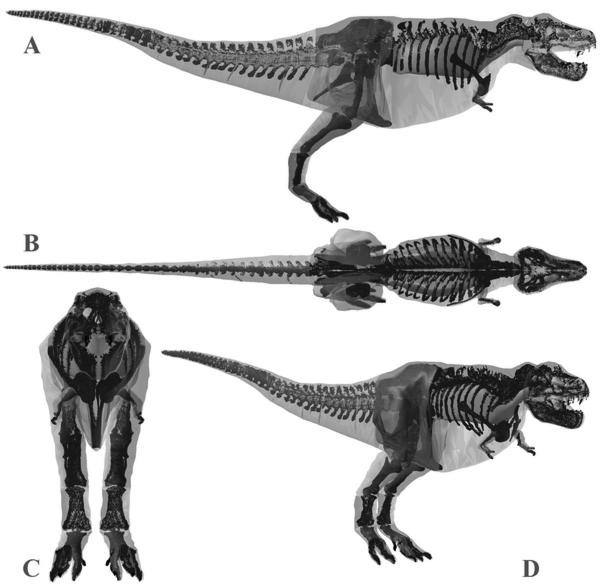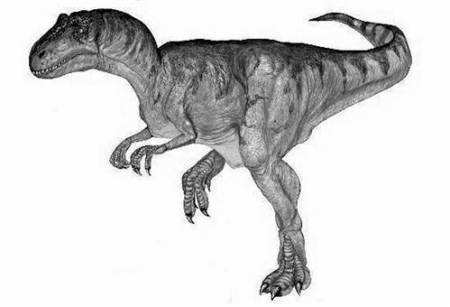Advertisement
How to know the weight of a dinosaur? Find a big ship, draw a line on side of the ship, and load it with heavy objects? If it weren’t for the fact that the dinosaurs have already been extinct, this would be a good idea to measure.
Scientists have conceived two methods with no need for physical objects. Luckily, according to the research published yesterday in the famous Biological Review, both could produce very similar results.

Dr. Nicolás Campione, the lead author of the study, said that these findings would give scientists confidence that they could explore the biological information of prehistoric behemoths with higher precision.
Dr. Campione, a member of the Paleontology Research Center at University of New England, said: “Body size, especially weight, determines almost all aspects of animal life, including diet, reproduction and exercise. If the accuracy of weight estimation could be confirmed, there would be a solid foundation for tracing and understanding their life history.”
Dinosaurs once enjoyed the absolute hegemony on earth, but now only bone fossils remained. In order to accurately estimate their bone mass, scientists have painstakingly studied for a century.
The research team led by Dr. Campione edited and reviewed the data set of dinosaur weight, dating back to 1905, to assess whether different methods could make the information clearer or more complicated.
Advertisement
Although many methods have been tried for years, they could all be attributed to two kinds.
Scientists either measured and magnified the bones of living animals, such as the circumference of the arm (humerus) and leg (femur), and then compared them with that of dinosaurs; or they calculated the three-dimensional volume of a dinosaur, and then calculated its bone mass with the help of the bone density of general animals. As to which method is more accurate, this is a lively debate subject among paleontologists who have their own preferences.

Researchers found that when comparing scaling and reconstruction methods on a large scale, most results were consistent. Obvious differences are just exceptions, not due to any system distortion.
Dr. Campione said: “In fact, the complementarity of the two methods is much higher than their antagonism.”
They suggest that future work needs to better integrate the two methods.
Campione and colleagues believe that the weight of an adult Tyrannosaurus rex is about 7 tons, which is consistent with both reconstruction and scaling methods. But this study emphasized the large margin of error of single value, because dinosaurs, like human beings, have great individual differences. The minimum average weight of Tyrannosaurus rex is 5 tons, but the maximum is 10 tons.
Dr. Campione said: “Only by combining these methods and understanding their limitations and uncertainties, can we begin to reveal the life course of dinosaurs and other long-extinct animals.”





